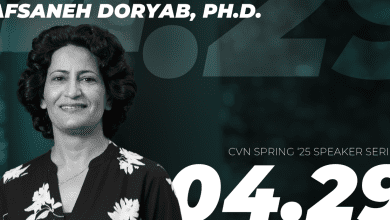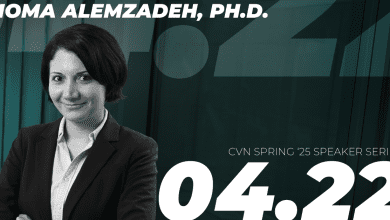
Published Aug 1, 2024
Capture the Flag (CTF) competitions are an exciting and immersive way to dive into the world of cybersecurity. These events challenge participants with tasks in areas like cryptography, steganography, and network forensics, simulating real-world cybersecurity problems. Participants race against the clock to solve puzzles and capture “flags,” honing their problem-solving skills, enhancing their technical knowledge, and fostering a sense of camaraderie and competition.
CyberRam CTF at VCU
Virginia Commonwealth University’s (VCU) recent CyberRam CTF event was a testament to the excitement and educational value these competitions bring. Organized by senior computer science student Ryan Firth and junior Katherine, the event drew enthusiastic participation and showcased a variety of engaging challenges. “I mainly worked on coming up with the challenges and implementing those for the competition,” said Ryan, reflecting on his contribution with a sense of pride and accomplishment.
Organizing the Event
Ryan, on the brink of graduation, was instrumental in bringing the CyberRam CTF to life. As a Teaching Assistant (TA) for the Intro to Operating Systems course, he channeled his experience into designing and implementing a range of challenges. The competition featured over 30 challenges, with a mix of easy, medium, and hard tasks across diverse categories like cryptography and network forensics.”I still have a big list of challenges that didn’t make it,” he shared, highlighting the creative process of curating ideas that were both captivating and solvable.
Katherine, a junior and student worker for the College of Engineering, focused on the design and promotional aspects of the event. “I designed the flyer, made a logo for the competition, and then did the design for the website,” she noted, emphasizing her contributions to the event’s visual identity. Katherine’s efforts ensured the competition looked professional and inviting, enhancing its appeal to participants. She also played a key role in marketing the event, using email campaigns, her professors, and reaching out to her peers to boost registration.
The Making a CTF Challenge
Ryan’s approach to challenge design was both methodical and inventive. “For example, one of the easier ones used a ROT13 cipher,” he explained, describing a cryptography task that required participants to decode a message shifted 13 positions in the alphabet. Another task, involving steganography, asked participants to find hidden data within an image, showcasing the diverse skill set required to excel in the competition.
The competition was crafted to be accessible for both beginners and seasoned participants. “I talked to some people who said that it was their first time doing it,” Ryan said, emphasizing the event’s inclusivity. This approach ensured that novices could gain valuable experience, while experienced competitors still found the tasks challenging and rewarding. Teams often consisted of individuals with varied expertise, from coding and network security to cryptography and digital forensics. This diversity created an environment where participants could share knowledge and develop new skills. “Seeing people from different levels of experience work together was amazing,” Ryan noted. “It really highlighted the collaborative spirit of the event and showed how much we can learn from each other.”
Promoting and Conducting the Event
Katherine’s marketing efforts were crucial to CyberRam’s success. “We really highlighted things like – it’s free to register, it’s a really great experience that you can talk about,” she explained. By emphasizing the educational and career benefits of participating in the CTF, she attracted a diverse group of students eager to test their skills and learn.
A live scoreboard displayed on screens in the VCU College of Engineering, added an element of excitement to CyberRam. “There were a couple of teams who just really locked in and went crazy,” Katherine noted, reflecting on the competitive spirit and energy that filled the event.
Future of CyberRam
Reflecting on the event, both organizers shared insights into what worked well and what could be improved. Ryan expressed a desire for future in-person events, which he believes could add an extra layer of engagement. “There were challenges that I came up with that just aren’t doable in an online environment,” he said, envisioning a more dynamic future competition.
Katherine suggested a hybrid approach, with simultaneous in-person and online competitions to maximize accessibility. “Doing two simultaneous competitions – one completely virtual online, and one in-person,” she proposed, showcasing her forward-thinking mindset.
Looking to the future, Katherine envisions an expanded event involving more schools and possibly incorporating sponsors and internship opportunities. “I think just making it a really great learning resource and career resource for other students,” she said, summarizing her vision for future iterations of the CyberRam CTF.
The CyberRam CTF at VCU highlighted the educational value and excitement of CTF competitions. Through meticulous planning, creative challenge design, and effective promotion, Ryan and Katherine created an event that not only tested participants’ skills but also provided a platform for learning and growth. Their efforts underscore the importance of hands-on, competitive experiences in the field of computer science education, making a lasting impact on the students who participated. Sponsoring this event aligns perfectly with the mission of CCI CVN to promote workforce development and advance the future of cybersecurity. By supporting initiatives like CyberRam CTF, CCI CVN helps cultivate the next generation of cybersecurity professionals, ensuring a skilled and prepared workforce to meet the evolving challenges in the field.



